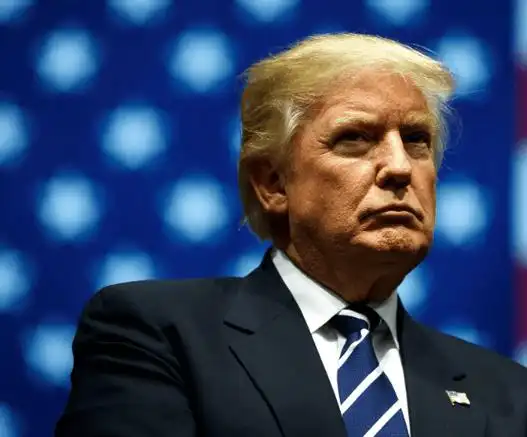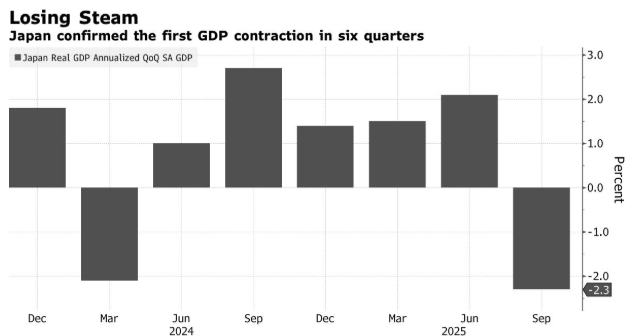The US dollar rebounded slightly from its recent slump after the United States suspended tariffs on popular consumer electronics, but the recovery was curbed as President Donald Trump played down the exemption for the technology sector.
On Monday morning, the US dollar rose by as much as 1% against the Swiss franc and more than 0.5% against both the Japanese yen and the euro. The dollar’s gains helped it recoup last week’s 2.4% decline. Last week, the dollar’s fall against the Swiss franc was exacerbated by the escalation of trade tensions between China and the US and growing concerns over global economic growth.
The dollar’s strength is underpinned by the Trump administration’s decision over the weekend to suspend tariffs on goods such as smartphones, laptops and memory chips. This has raised hopes that the president will show flexibility in the trade war.
But as Trump still promises to impose specific import tariffs on consumer electronics and review microchips in national security tariff investigations, this relief may only be temporary. “No one can ‘escape’,” he posted on social media as Asian stock markets opened.
For the US dollar to keep rising, a swift and peaceful resolution of the trade war is needed to avoid long-term damage to the US economy, said Dane Cekov, senior macro and currency strategist at Sparebank 1 Markets AS in Oslo. “As the impact of Trump’s tariffs shows up in hard data such as consumption, inflation and the labor market, the dollar will continue to weaken in the coming months,” he added.
Goods containing semiconductors may still face new, lower so-called industry tariffs, while electronic products exported from China will still be subject to a 20% tariff. Last weekend, Trump promised to still impose tariffs on mobile phones, computers and popular consumer electronics, and described these exemptions as procedural steps in a broader effort to reshape US trade.
However, the timing of this move remains uncertain. Before that, this unexpected exemption marks a victory for Apple and the consumer electronics industry, which still relies heavily on manufacturing in China.
Evercore ISI analyst Amit Daryanani said in a report on Saturday: “This is a major relief for Apple. Tariffs would have led to an increase in material costs.”
He expects the stock to rebound on Monday after falling 11% this month.
Before obtaining the latest exemption, the iPhone manufacturer had a plan: to adjust its supply chain and produce more iPhones in India for sale in the US, as the tariffs in India would have been much lower. Apple executives believed this would be a short-term solution to avoid the staggering Chinese tariffs and prevent a significant price increase.
Given that the iPhone factory in India has an annual production capacity of over 30 million units, the capacity of India alone could meet a considerable portion of the demand in the US market. Currently, Apple sells approximately 220 million to 230 million iPhones each year, with about one-third of them being sold in the United States.
Such a transformation is hard to be smoothly achieved, especially when Apple is about to start production of the iPhone 17, which will mainly be manufactured in China. Within Apple’s operations, finance and marketing departments, concerns over the impact on the autumn new product launch event are growing, intensifying the sense of panic.
The company needs to complete a challenging task within just a few months, shifting more production of the iPhone 17 to India or elsewhere. It is likely to have to raise prices – which is still possible – and compete with suppliers for higher profit margins. And Apple’s renowned marketing engine must convince consumers that all of this is worth it.
But uncertainties still remain. The White House’s policies could change again, and Apple might have to make even more significant adjustments. However, at least for now, the management can breathe a sigh of relief.
The Ministry of Commerce of China said that this move is “a small step taken by the US side towards correcting the unilateral ‘reciprocal tariff’ wrong practice”, and urged the US side to “take a big step towards completely eliminating the wrong practice and return to the right path of resolving differences through mutual respect and equal dialogue”.
Another concern is: If Apple rapidly shifts more production out of China, how will China retaliate? Apple derives about 17% of its revenue from China and operates dozens of stores there, making it an anomaly among US companies. An Apple spokesperson declined to comment.
China has launched a competition investigation into US companies and may cause trouble for Apple through its own customs procedures. In recent years, China has also banned a large number of government employees from using US-designed devices such as iPhones. Previously, the US had put pressure on Chinese tech giant Huawei Technologies Co., Ltd.
The iPhone is Apple’s biggest money-making machine. According to Morgan Stanley’s estimation, about 87% of iPhones are produced in China. Approximately four-fifths of iPads and 60% of Mac computers are also manufactured in China.
These products combined account for approximately 75% of Apple’s annual revenue. Despite this, almost all of the company’s Apple Watches and AirPods are currently manufactured in Vietnam. Some iPads and Macs are also produced in Vietnam, while Mac production is expanding in Malaysia and Thailand.
Morgan Stanley estimates that about 38% of the company’s iPad sales come from the United States, and about half of its Mac, Apple Watch and AirPods sales come from the United States.
It is unlikely that Apple will completely break away from China, its manufacturing hub for decades. Although Trump has been urging Apple to produce iPhones in the United States, it is almost impossible to achieve this goal in the short term due to the shortage of engineering and manufacturing talents in the country.
The scale and size of Chinese factories make them unparalleled in terms of speed and efficiency. China’s production is also crucial to Apple’s sales outside the United States. The company, headquartered in Cupertino, California, generates nearly 60% of its revenue from outside the Americas.


